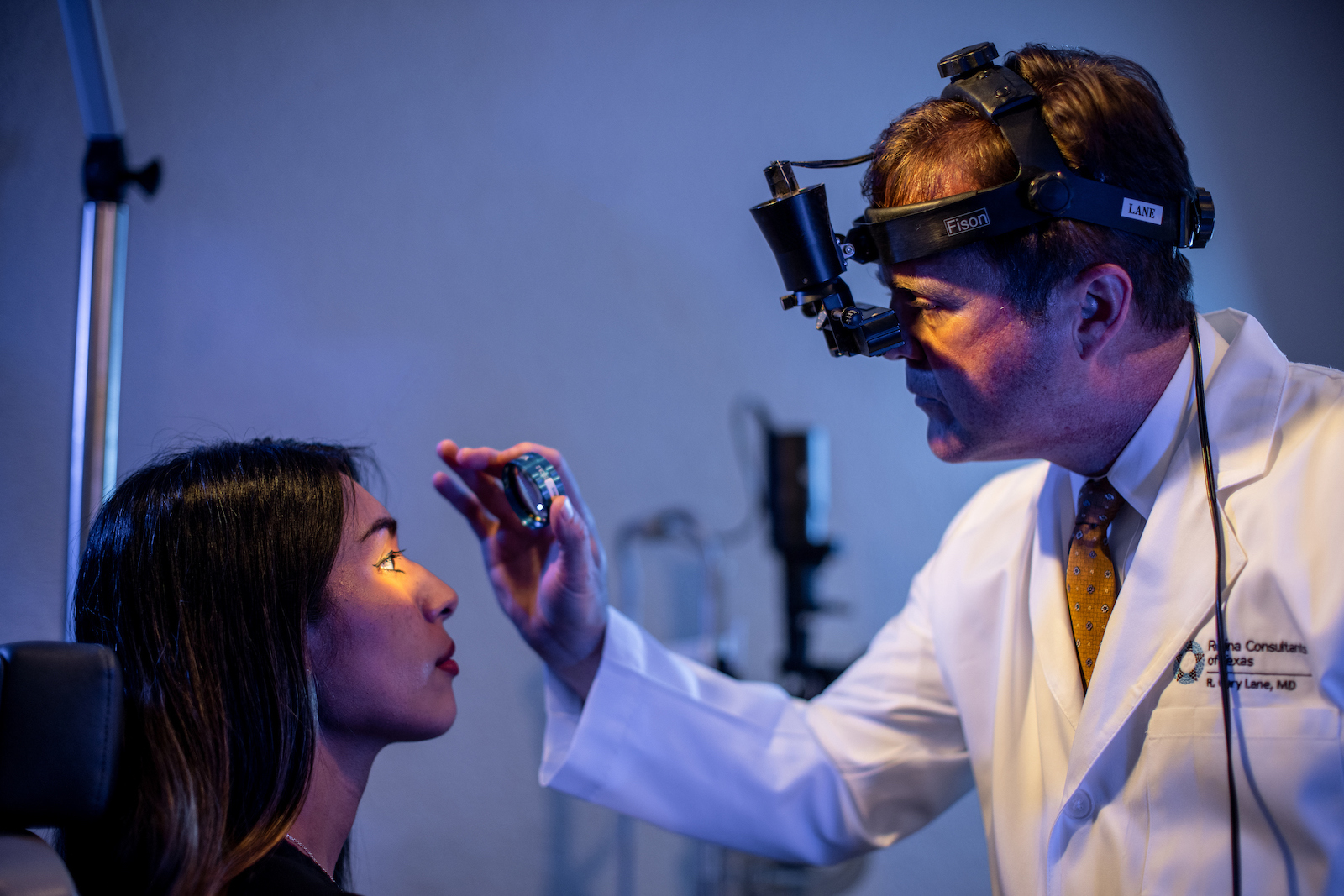Understanding the Difference: Retinal Tears vs. Retinal Detachments

Originally published by Retina Consultants of Texas
Although retinal tears and retinal detachments are different from one another, both share several key characteristics. Understanding the differences and similarities between the two is crucial for being proactive about your vision health, particularly if you have certain risk factors. Recognizing the specific signs and symptoms of both is vital as well, as emergency medical care may be needed. Regular eye exams from a retina specialist also play an integral role in protecting your vision, especially when catching small retinal tears during their earlier stages, before they progress into larger tears or retinal detachment.
Classifying Retinal Tears and Detachments
Retinal tears are breaks and openings in the retina, the light-sensitive tissue at the back of the eye. If left untreated, retinal tears can lead to significant vision issues and are often a common precursor to retinal detachment, which is when the retina becomes completely disengaged from its proper position along the back wall of the eye. There are three primary types of retinal detachment:
- Rhegmatogenous retinal detachment: the most common type, rhegmatogenous retinal detachments occur when a tear or hole in the retina allows fluid to pass through, separating the retina from the underlying tissue
- Tractional retinal detachment: this type is commonly associated with conditions like diabetic retinopathy and is characterized by scar tissue on the retina pulling it away from its normal position
- Exudative retinal detachment: this type of retinal detachment occurs when fluid accumulates beneath the retina without a tear or hole, typically because of inflammation, injury, or vascular abnormalities
Each type of retinal detachment is considered a medical emergency, so early detection is crucial for determining the best treatment path and better outcomes.
Retinal Tears and Detachment: Symptom Similarities and Differences
If you suspect a retinal tear or detachment, you must seek immediate medical attention, thus highlighting the importance of recognizing the symptoms. Retinal tears and detachment are painless and, in the case of small retinal tears, few symptoms may occur. However, as tears expand, symptoms may become more noticeable, often intensifying right before a full detachment.
Generally, the first symptom of both tears and detachments is the sudden appearance of multiple eye floaters and light flashes of light in one eye or both eyes. You may also experience significantly blurred vision or a dark gray shadow encroaching on your peripheral or central vision. While a retinal tear is less serious, it still requires immediate medical attention, or permanent vision loss may occur. Retinal detachment always represents an ophthalmological emergency.
Retinal Tear and Detachment Causes and Risk Factors
Both retinal tears and detachment are often associated with a condition known as posterior vitreous detachment (PVD), which is a very common occurrence as we age. PVD affects the eye’s vitreous, the clear gel that fills most of the eye, by gradually causing it to shrink and decrease in viscosity. While often harmless, the vitreous can sometimes cling to the retina and pull on it, resulting in a retinal tear. If excessive fluid leaks through the tear, it can progress into a full detachment.
Aside from age, common risk factors of retinal tears and detachment include:
- A family history of retinal detachment
- Having had a retinal tear or detachment in your other eye
- Weakened retinal tissue areas
- Severe nearsightedness
- Traumatic eye injury
- Previous eye surgery
- Lattice degeneration
Protect Your Vision Against Retinal Tears and Detachment
To minimize your risk of having a retinal tear or detachment, it’s crucial to attend regular eye exams with a retina specialist, particularly if you have one or more risk factors. While different, both conditions represent a significant threat to vision and must be addressed as early as possible to allow for treatment when it’s most effective and the best possible outcomes. Find a Retina Consultants of America doctor near you.